Human trafficking is defined as the recruitment, transportation, transfer, harbouring or receipt of people through force, fraud or deception, with the aim of exploiting them for profit [1]. People may be trafficked for various purposes, such as forced labour, sexual exploitation, criminal activity, and forced marriage.
No type of trafficking is more serious or harmful than another – they all disempower the people who are subjected to it, and can leave devastating physiological and psychological impacts.
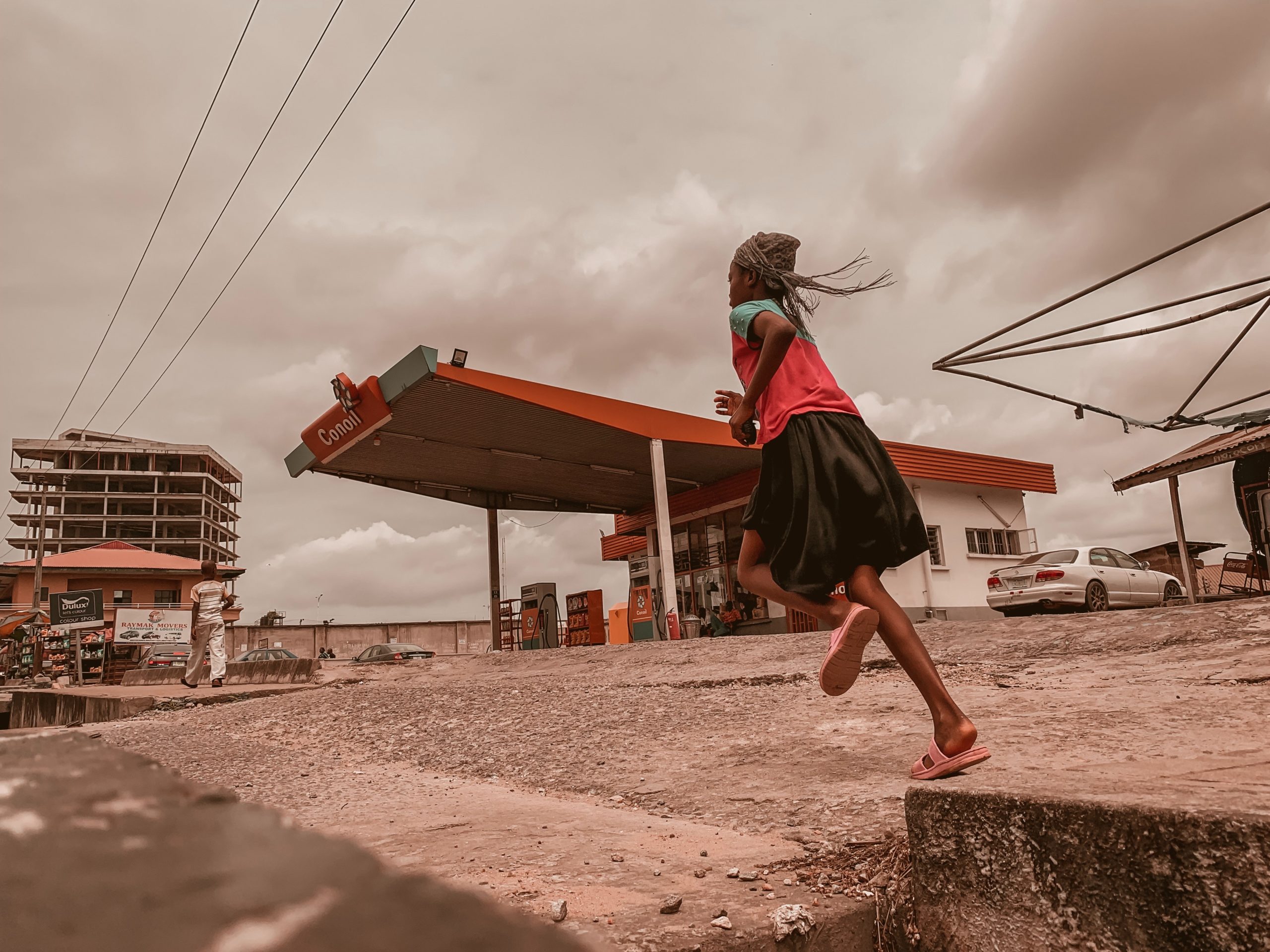
As explained in the ECPAT article on the role of gender norms and how they affect child protection, human trafficking disproportionately affects women, girls, and children! Understanding that this complex issue is at the intersection of different forms of discrimination, such as poor economic conditions, race, and gender norms, continue to have a significant impact on the dynamics behind child trafficking.
Trafficking for sexual exploitation is one of the most lucrative criminal enterprises in the world, estimated to be worth almost $99 billion a year [2]. According to the Global Report on Trafficking in Persons conducted by UNODC in 2020, globally, one in every three victims of human trafficking is a child, mainly girls [3]. Female victims continue to be the primary targets of human and child trafficking [4] [5]:
“Women and girls represent 72 per cent of all trafficking victims globally, and 77 per cent of detected female victims are trafficked for the purpose of sexual exploitation.”
Åsa Regnér, UN Women Deputy Executive Director [6]
A 2020 study conducted in Bangladesh [7] revealed how gendered vulnerabilities in relation to rigid social norms increased the possibility of human trafficking, and consequently, child trafficking. This means that certain groups of people, such as women, girls, and children, are more vulnerable to these harmful crimes. Gender norms rooted in stereotypical social roles, power imbalances, religious beliefs, and limited access to justice, can lead to the normalisation of harmful forms of physical possession, such as child sexual exploitation and child trafficking for sexual purposes. Learn more about the sale and trafficking of children for sexual purposes here.
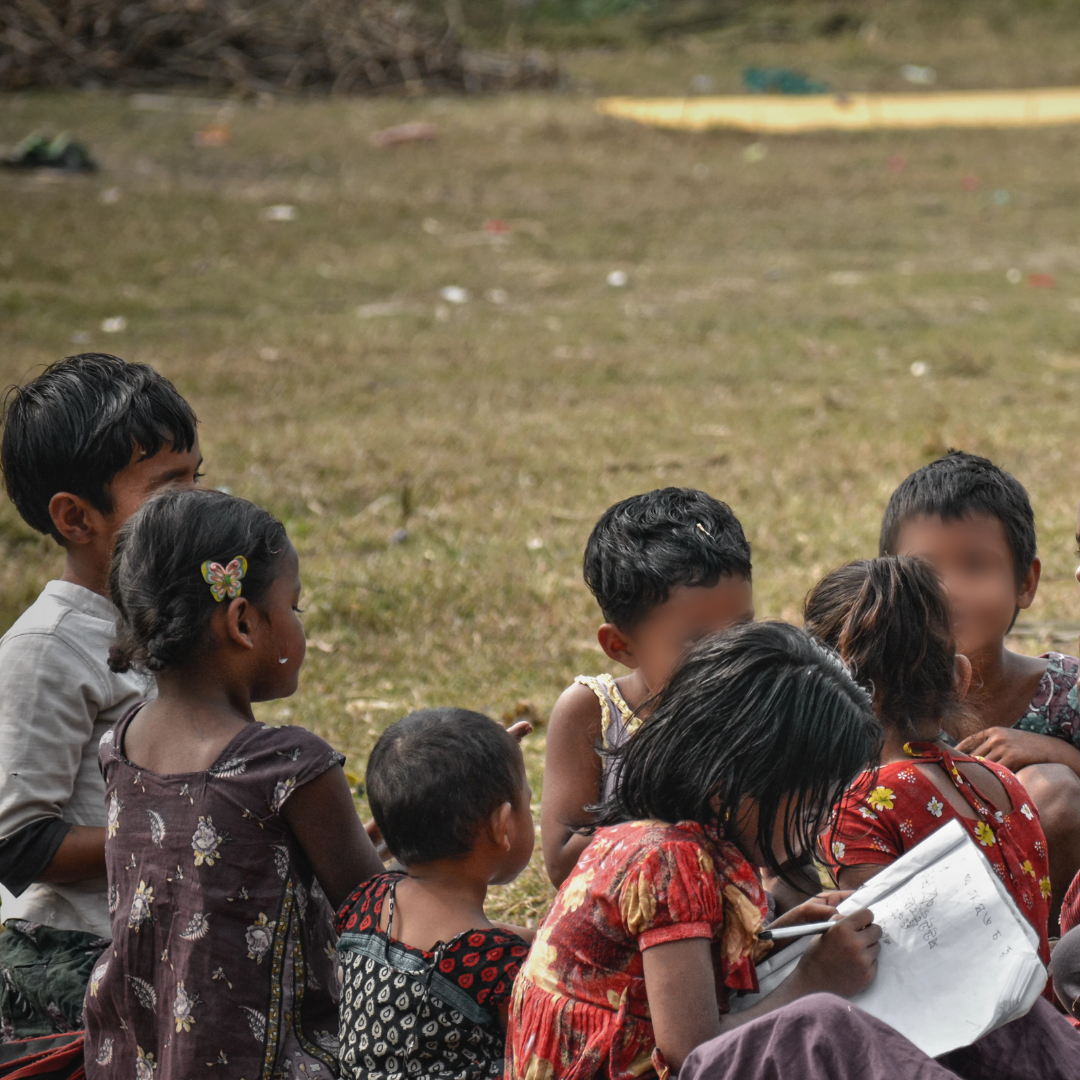
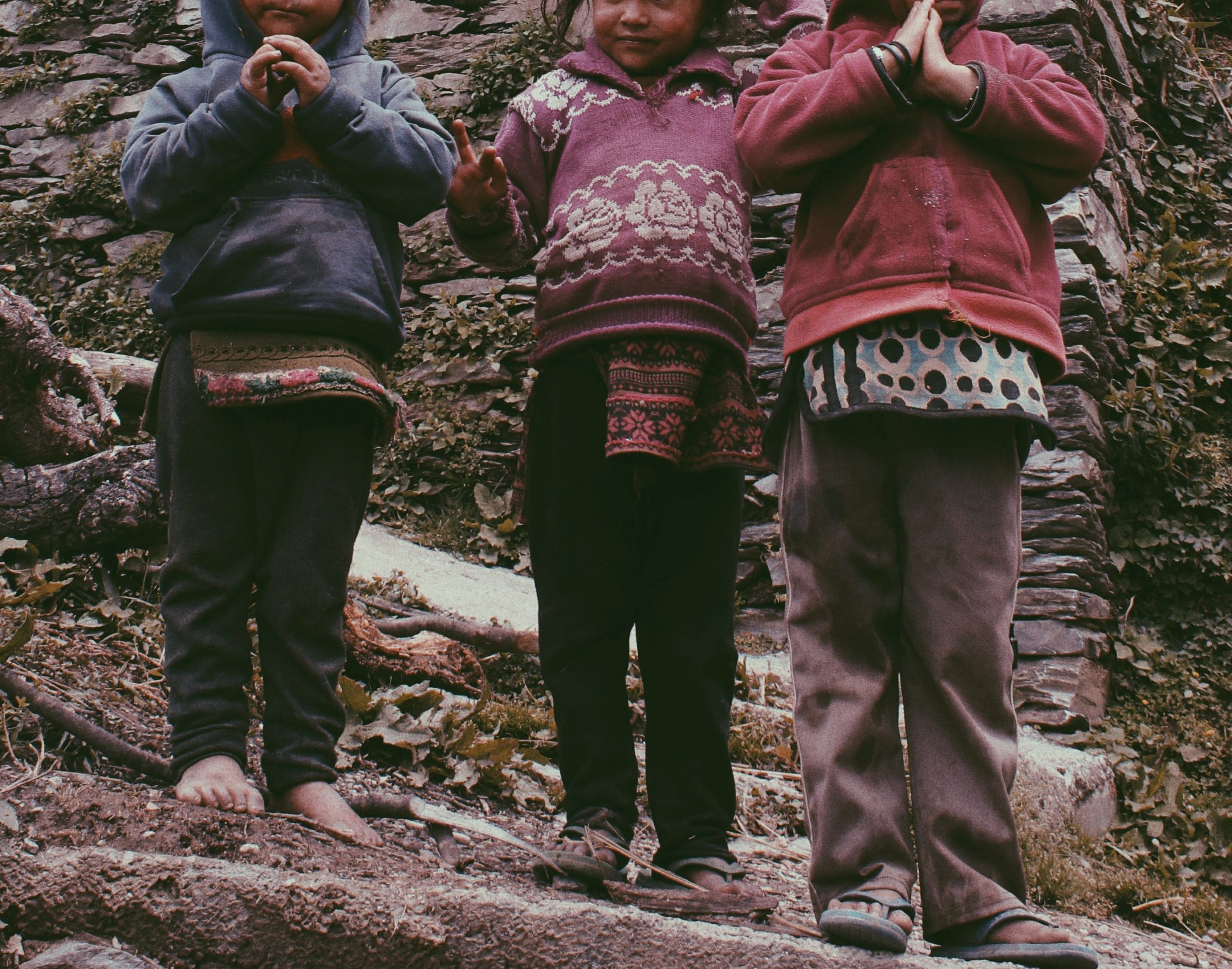
Our recent study of the sexual exploitation of children in Peru found that at least 245 cases out of 394 cases of human trafficking reported to the police in Peru were related to sexual exploitation, and the most affected were women and girls.
To address the increasing number of women and girls that are trafficked every year, the United Nations adopted a specific Protocol to Prevent, Suppress and Punish Trafficking in Persons Especially of Women and Children, supplementing the United Nations Convention against Transnational Organized Crime back in 2000 [8]. However, the UNODC 2020 report highlighted an urgent need for more preventive and responsive measures, as the number of children who are trafficked has tripled over the past 15 years [9]. Over the years, the rising adoption of technological devices and the globalisation of movements have allowed people and children to easily move between countries, thus making it easier for perpetrators to commit human and child trafficking crimes.
“Human trafficking is one of the most serious human rights violations, often targeting people and children from marginalised communities, regardless of age, ethnicity or gender identity. ECPAT strongly condemns this crime, and calls for governments to implement stronger legislation that aims to prevent trafficking, and provide better support for child victims.”
Gabriela Kühn
ECPAT International – Head of Programme: Child Protection in Travel and Tourism
Gender norms play a key role in child trafficking and most of the resources and research around child trafficking are focused on girls. While it is extremely important to acknowledge that the numbers clearly show that girls are more likely to be affected by child trafficking, it is also true that trafficking remains a challenging issue to report on and monitor as a lot of data is lost or unavailable. It is not hard to imagine that child trafficking, in relation to boys and young men, is more difficult to detect.
Children are sold for different reasons and their gender is closely related to the type of trafficking they are victims of. For example, girls are mostly trafficked for commercial sexual exploitation and also to act as domestic servants, while boys are usually trafficked for manual labour and sexual purposes.
The global discourse surrounding human trafficking often cites boys being trafficked for the purpose of forced labour only. While it is true that boys are more vulnerable to forced labour trafficking, it is important to note that they may also be victims of trafficking for sexual exploitation purposes. Research shows that the countries where many children are victims of trafficking are also the countries where child labour is more prevalent. UNODC’s 2020 Global Report on Trafficking in Persons found that out of 2,065 boy victims of trafficking detected in 106 countries, 23% (around 475 boys) were identified as victims of trafficking for sexual exploitation [3].
The UNODC’s report also found that between 2004 – 2018, the share of boys detected amongst victims of trafficking has significantly increased [3]. This does not mean that less girls are being trafficked, but sadly that more boys are victims of child trafficking. Due to the research gaps around the sexual exploitation of boys, the data are not yet representative of reality, and we believe that more boys are subjected to these harmful practices. Additionally, the stigma that boys should be strong enough to fight against traffickers inhibits boys from speaking up when exploitation does happen.
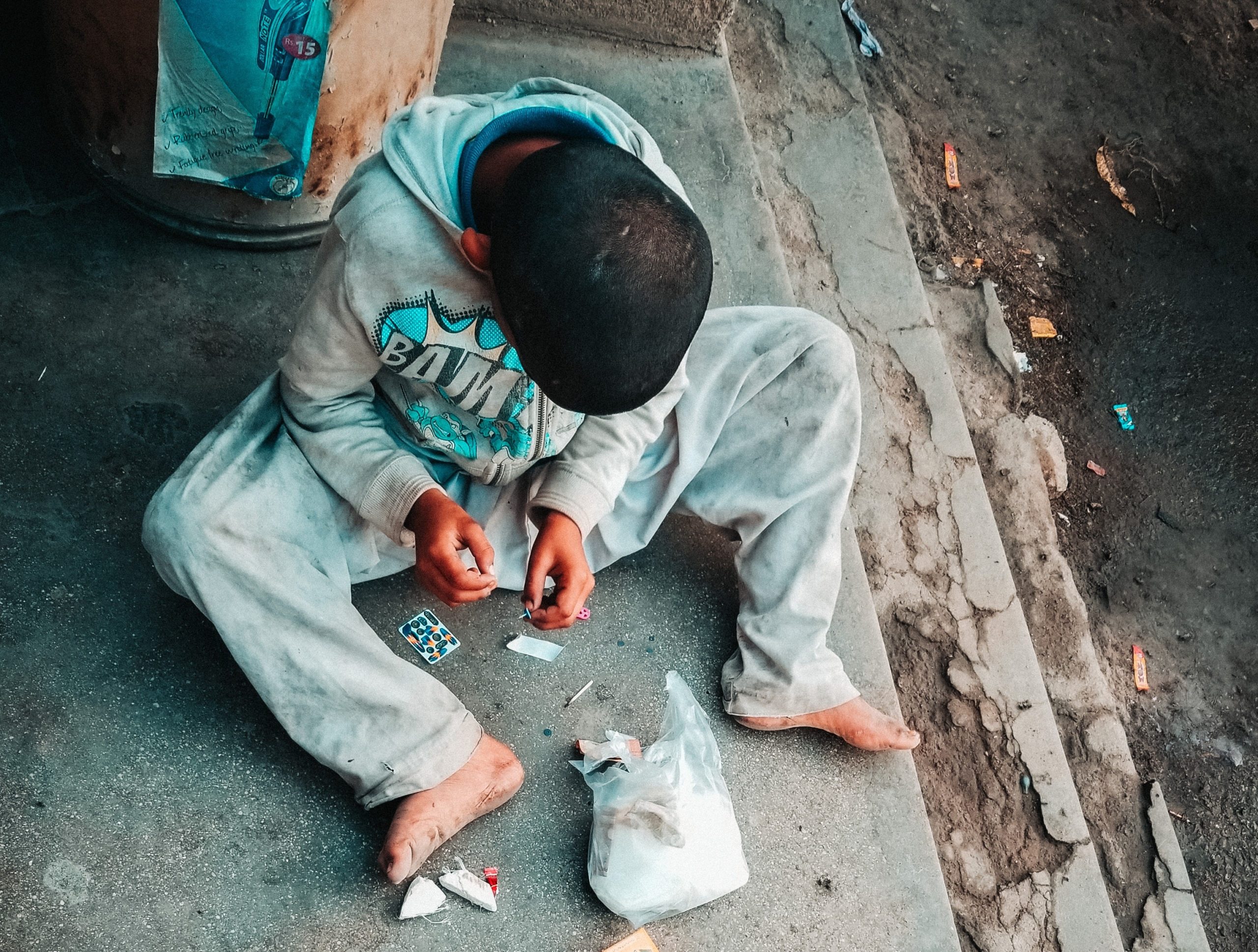
Despite most countries have existing anti-trafficking laws in place, trafficking is very often framed as a cross-border and movement security issue, rather than a human rights issue. This approach fails to encompass the needs of trafficking victims, with national policies prioritising raids and prosecuting offenders instead of focusing on identifying victims and providing them with support services.
Our members consistently report that, even after children are liberated from the hold of traffickers, the physical and emotional traumas remain a long term struggle [9]. ECPAT believes that all countries and governments should adopt a victim-centred approach within anti-trafficking national policies, to ensure that both adult and child survivors receive adequate support. Specifically, countries need to address the different nature of vulnerability that children face, such as child sexual exploitation.
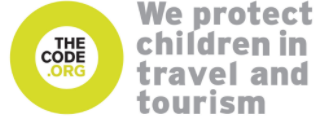
Governments not only need to address the issue and bring justice to the table, but they should also focus on preventing these harmful crimes to happen in the first place. The anti-trafficking discourse acknowledges that there still remains much discrepency and inconsistency in the different ways that human trafficking is interpreted around the world, including variations in the constitutive elements. This situation must be challenged and changed! The rights of children—their safety—must be placed in front and at the heart of political discourses, legal decisions, and the anti-trafficking narrative!
Learn more about ECPAT The Code which aims at preventing child trafficking and putting an end to the sexual exploitation of children within the Travel and Tourism industry.
[2] Equality Now – Trafficking for Sexual Exploitation
[3] UNODC – Global Report on Trafficking in Persons 2020
[4] World Vision – Child Trafficking: What you need to know
[5] European Commission – Trafficking for sexual exploitation: a gendered crime
[6] UN Women – Trafficking in women and girls is moving online due to COVID-19
[9] ECPAT International – Summary Paper: Sale and Trafficking of Children for Sexual Purposes